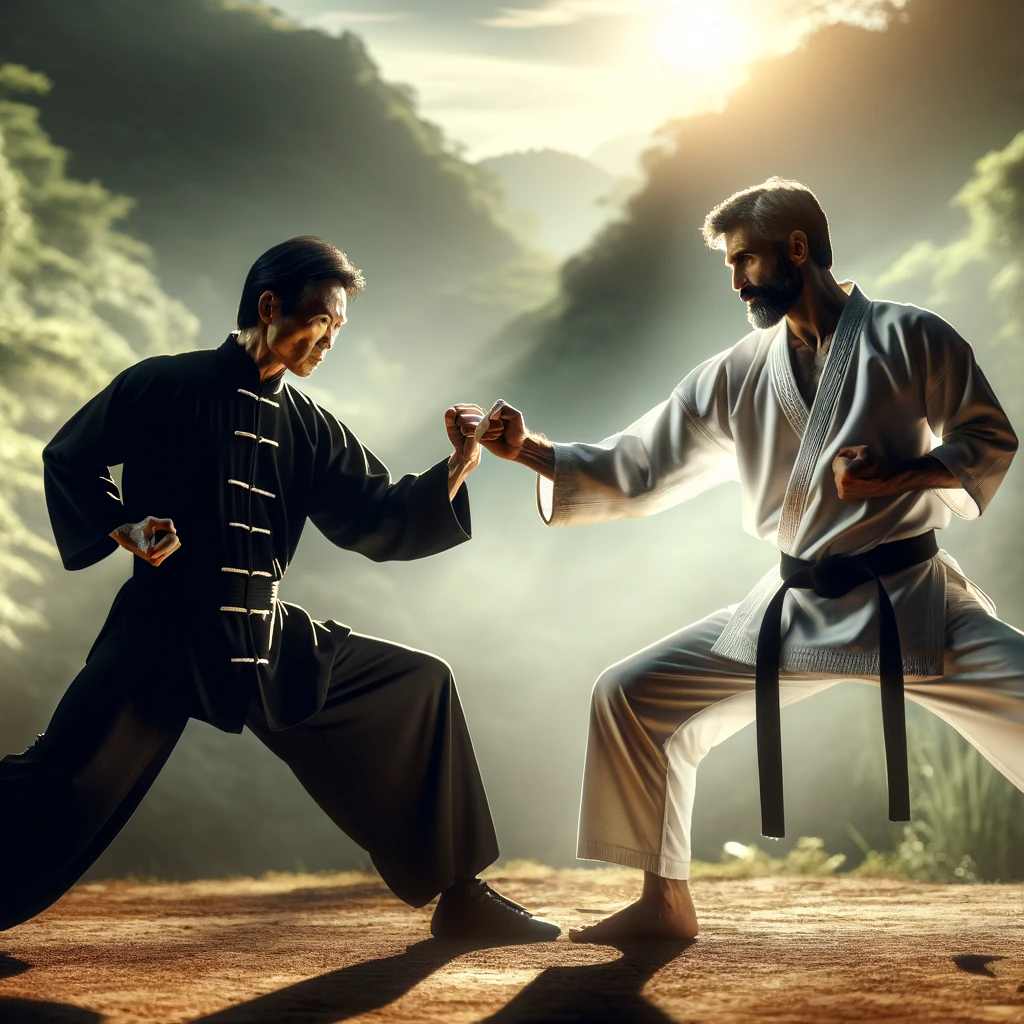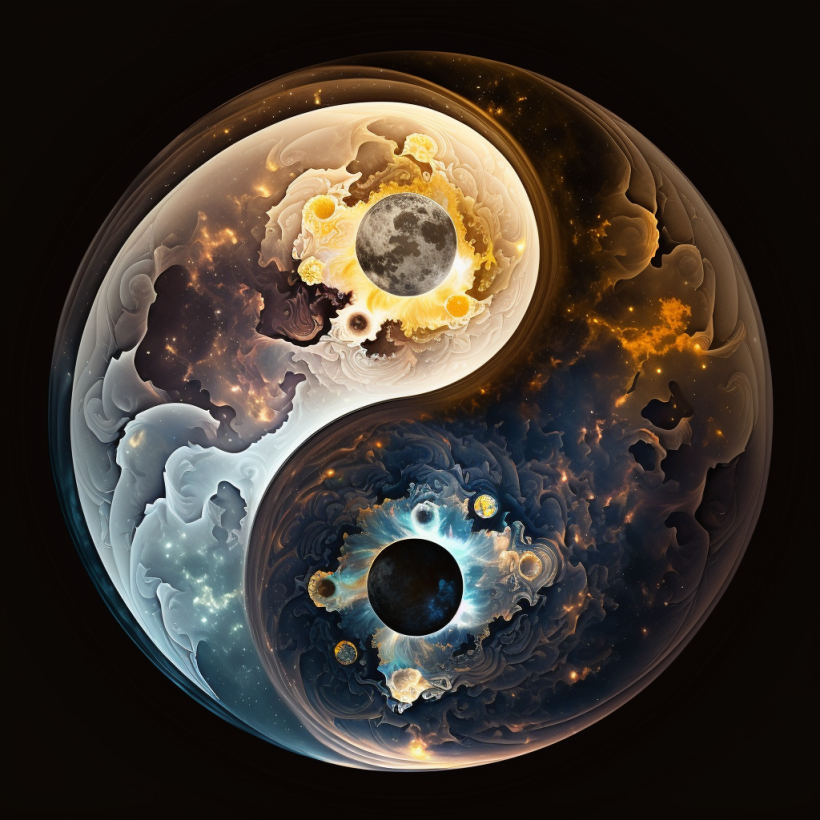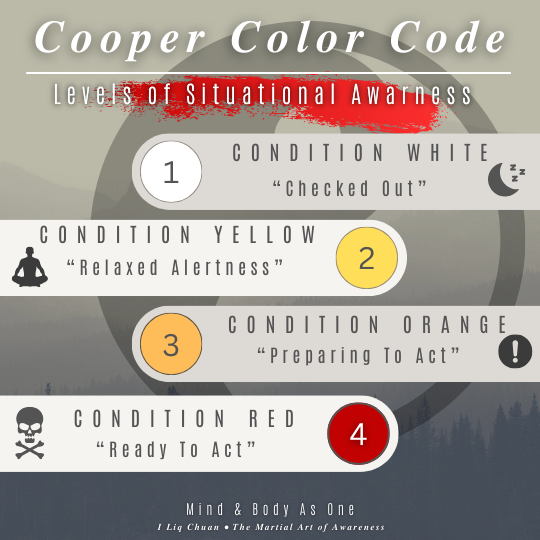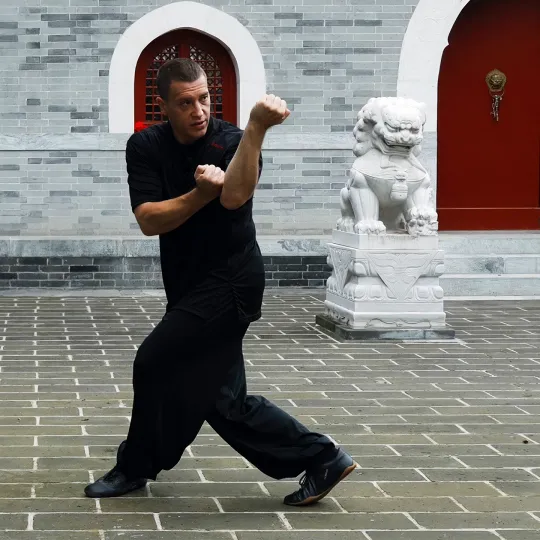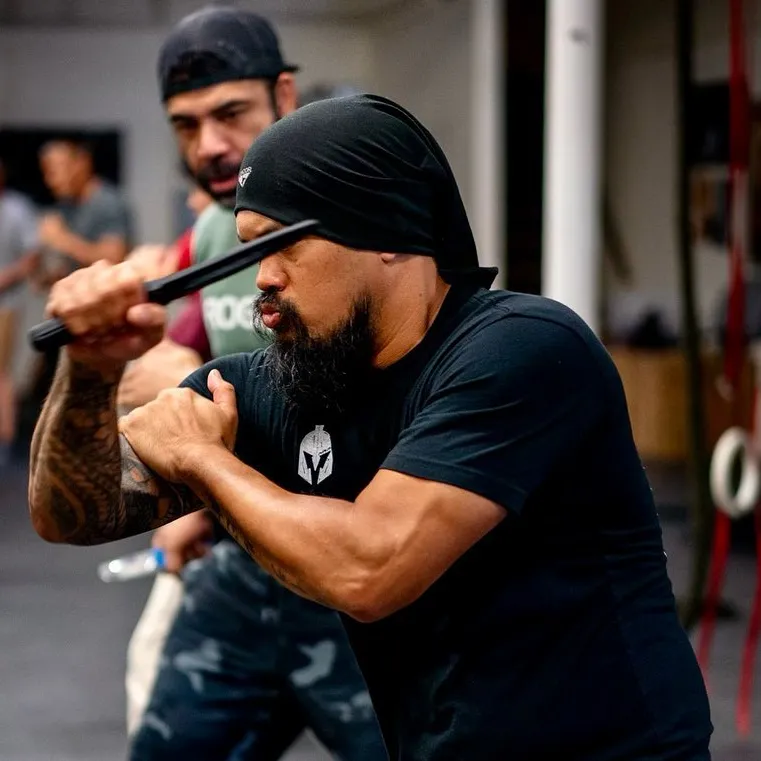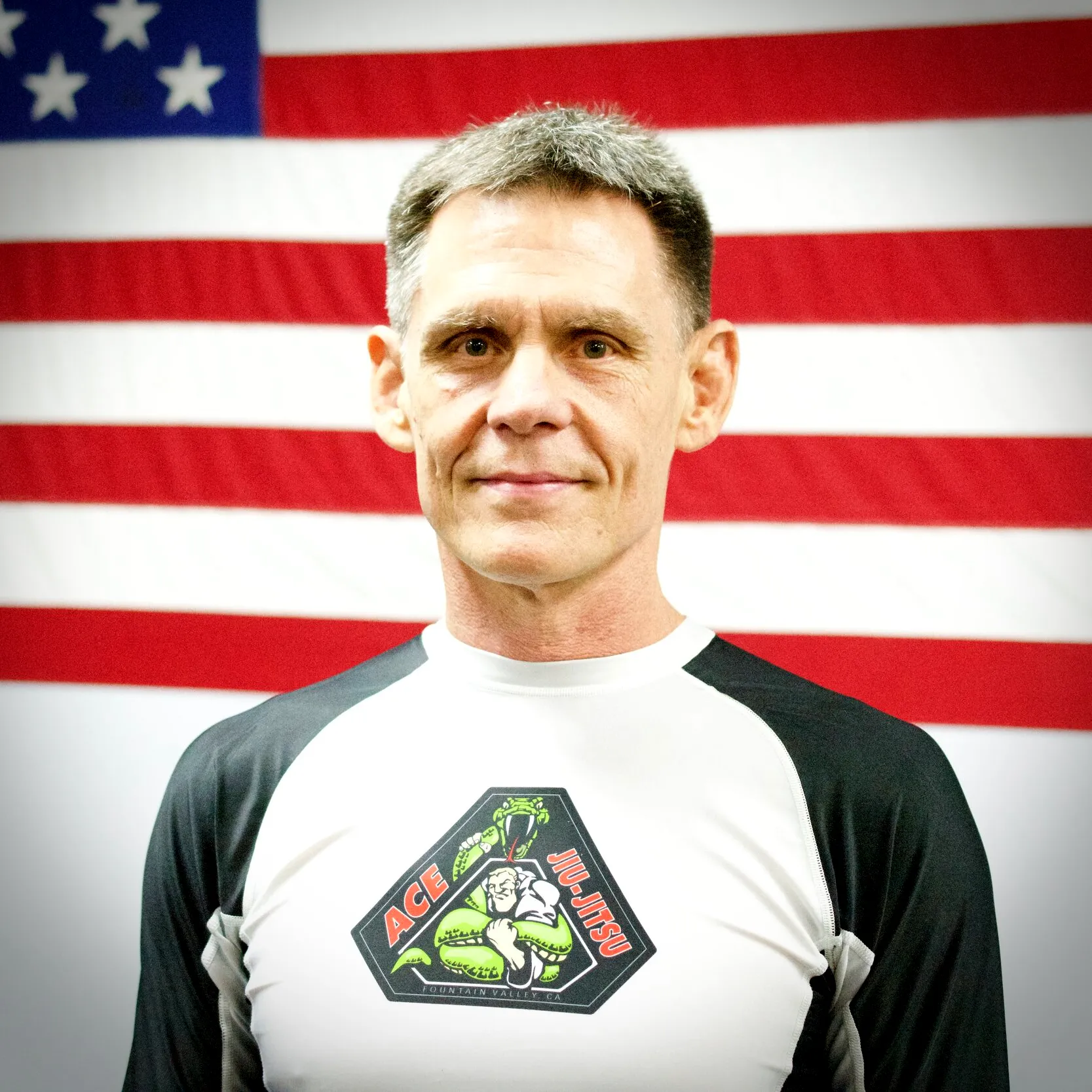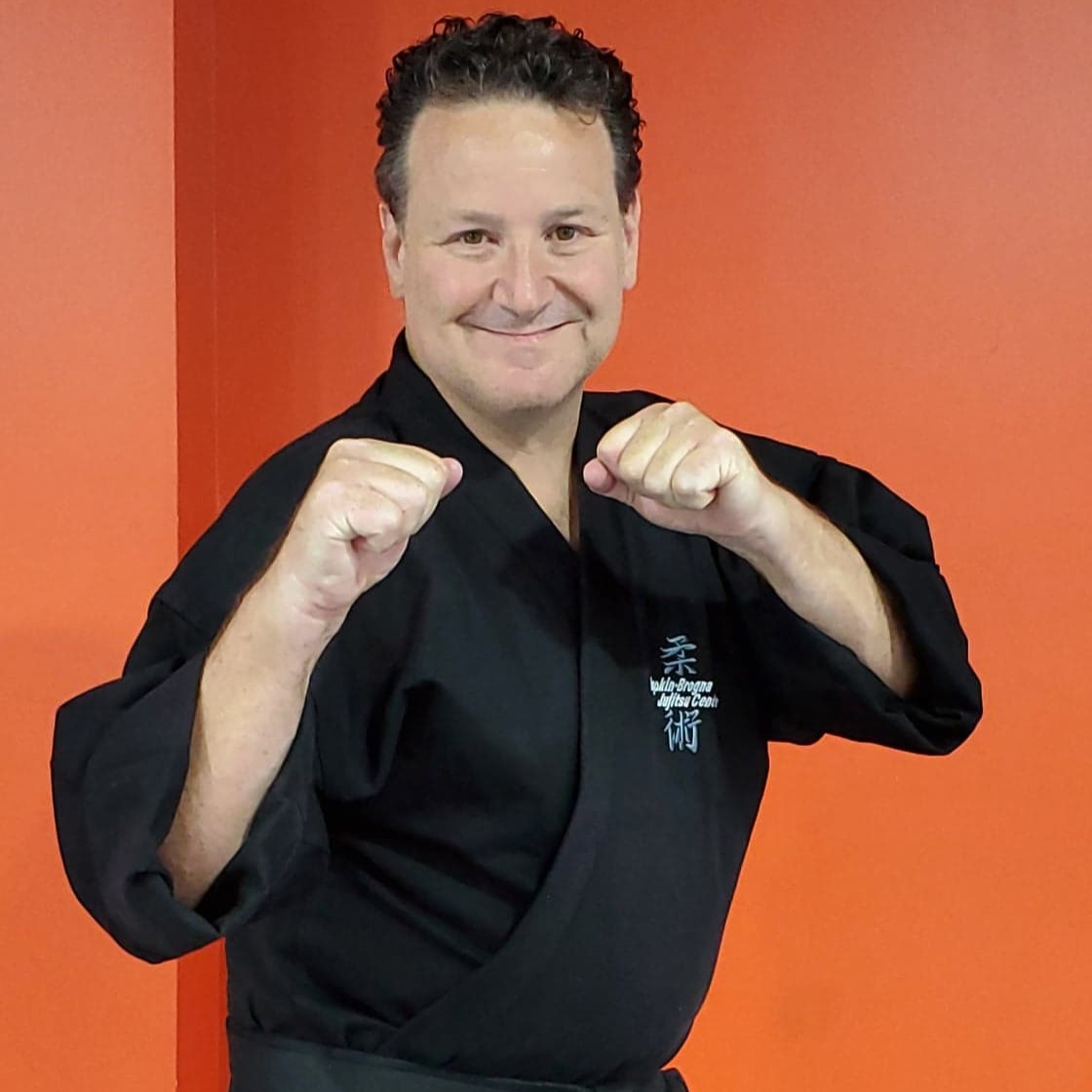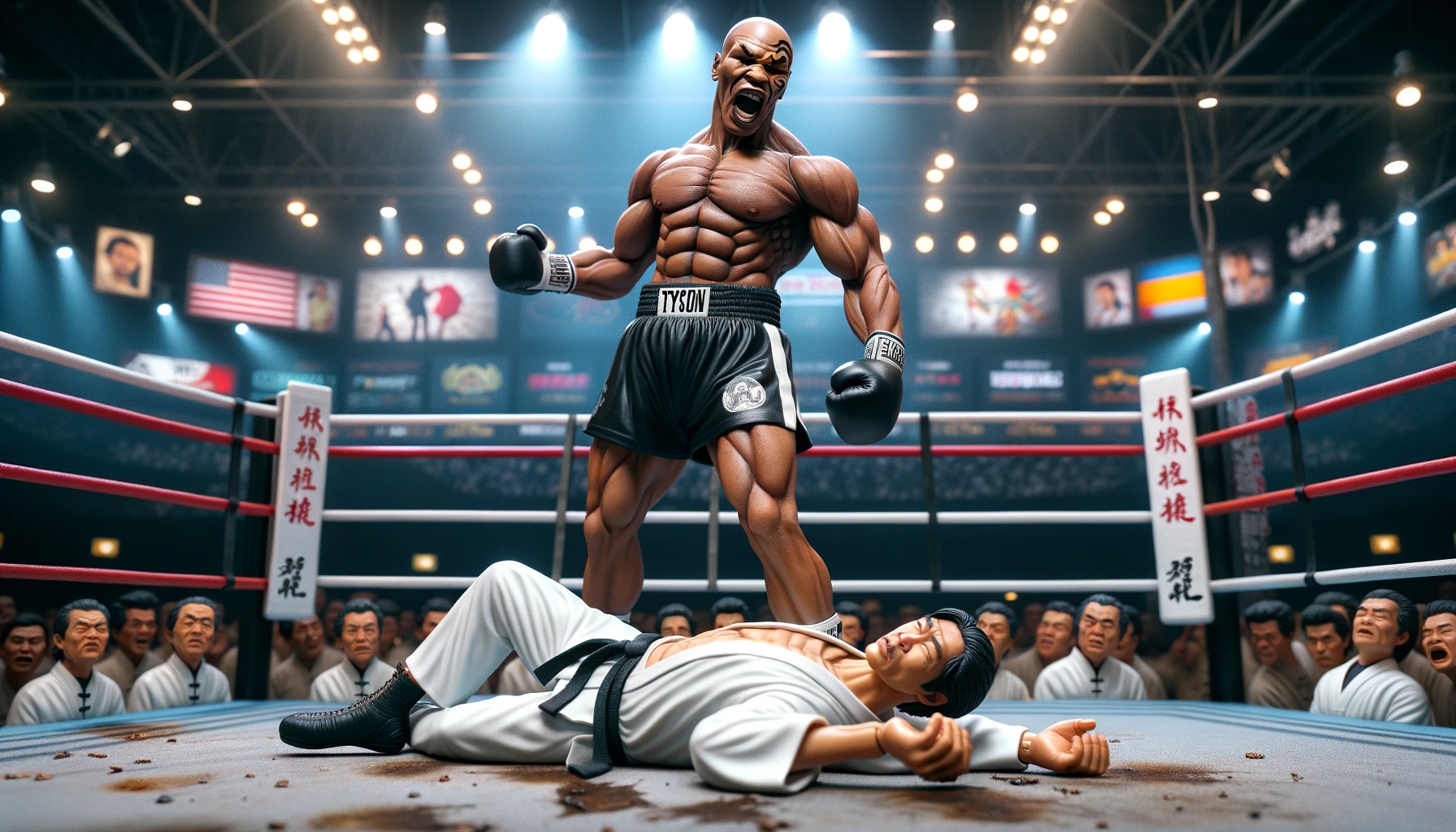

In the age-old debate of Kung Fu vs Boxing, a question often arises: why does Western boxing seem to overshadow the combat effectiveness of most traditional Eastern martial arts?
This inquiry delves into a realm where the clash of cultures and fighting philosophies is as striking as the physical confrontations themselves.
While the grace and discipline of Eastern martial arts are revered, it’s an open secret that many of these traditional styles may not fully prepare a student for the raw unpredictability of real combat.
The reasons for the effectiveness of Western boxing are as multifaceted as the sport itself. It begins in the boxing gym, a crucible where frequent sparring is not just a practice but a rite of passage, honing a boxer’s sense of timing and distance against a live, resisting opponent.
Then there’s the arena of competition, a stage where skills are not only showcased but also rigorously tested under the pressure of non-compliance, refining techniques, and weeding out inefficiencies.
Over time, the intensity of training at a boxing gym serves as a de facto selection process, akin to the special forces, ensuring that only the most resilient and skilled fighters rise to prominence, leaving no room for mediocrity.
Yet, amidst this exploration, one might wonder: are there exceptions within the vast landscape of Asian martial arts? Could there be traditional styles that marry the philosophical depth of the East with the practical combat readiness of the West?
This article embarks on a journey to unravel these questions, weaving through the diaspora of martial arts to uncover the truths and myths behind their effectiveness.
Join us as we delve into a world where tradition meets practicality and where the lines between Eastern and Western martial arts are both defined and blurred.
Kung Fu vs Boxing’s Partner Training Approach
In the heart of a bustling boxing gym, where grunts of exertion and the rhythmic crack of gloves against the mitts forms a relentless beat, lies the essence of a boxer’s skill: frequent, regular sparring. This is where the poetry of The Sweet Science transcends its physical form, transforming into an art that is both brutal and beautiful.
Imagine stepping into the ring, the canvas underfoot resonating with the echoes of countless battles fought before. The air is electric, charged with adrenaline and the sharp tang of sweat. Across from you stands your sparring partner, not just an opponent but a mirror, reflecting every strength and exposing every weakness.
In these sparring sessions, boxers learn the subtle art of reading their opponent. It’s a high-stakes game of chess played at lightning speed. Every feint, every jab, and every cross is a word in a silent conversation, a dialogue of fists and footwork. Here, timing is not just a skill; it’s a survival instinct. The right move at the right moment can mean the difference between a knockout and being knocked out.
“Battle is the Great Redeemer. It is the fiery crucible in which the only true heroes are forged. The one place where all men truly share the same rank, regardless of what kind of parasitic scum they were going in.”
Master Sgt. Ferrel, Edge of Tomorrow
Distance management, too, is mastered in the crucible of sparring. It’s a delicate dance, a constant ebb and flow where even a fraction of an inch can turn the tide of battle. Boxers learn to gauge this distance intuitively, moving in and out of range with the grace of a dancer and the precision of a sniper.
In contrast, most traditional martial arts schools usually practice only very contrived partner drills that lack the elements of reactivity and resistance that develop well-rounded and combat-effective students, or they limit their partner work to drills like Tai Chi push hands, which can be very reactive, but lack sufficient resistance, or focus so heavily on what they refer to as kuzushi in Japanese arts, or “uprooting” (i.e., knocking the opponent off balance), that the skills developed are highly specialized and lose relevance to self-defense and combat sports engagements.
Kung Fu vs Boxing: The Arena of Competition
Beyond the confines of the gym lies the grand stage of competition – the ultimate testing ground for a boxer’s mettle. Here, under the bright lights and the gaze of an expectant crowd, the true essence of boxing is unveiled.
Envision the scene: a boxing ring, bathed in light, becomes an island in a sea of spectators. Two fighters enter, their gloves laced with not just skill but the hopes and dreams of their journey. This is where training meets reality, where the lessons of the gym are put to the ultimate test.
In the crucible of competition, a boxer’s sense of timing and distance is refined under the pressure of an actual fight. It’s one thing to spar with a familiar partner; it’s another to face an opponent with their own style, strategy, and desire for victory.
The intensity of competition does more than just sharpen skills; it reveals character. Under the immense pressure of the fight, boxers learn about perseverance, about pushing through pain and fatigue. It’s a trial by fire, where only the strongest in spirit emerge victorious.
“It is not the critic who counts; not the man who points out how the strong man stumbles, or where the doer of deeds could have done them better. The credit belongs to the man who is actually in the arena.”
Theodor Roosevelt, The Man In The Arena
Too Deadly For The Octagon
In the realm of traditional martial arts, the approach to competition, particularly within many Kung Fu schools, presents a stark contrast to the competitive ethos of Western boxing. These schools often shy away from full-contact competition, opting instead for contests that emphasize rules that try to make a fight look like their forms.
This trend reflects a fundamental misunderstanding of the original purpose of traditional martial arts forms, which were designed to develop fundamental movement patterns and increase physical capacity, not learn how to fight per se.
Many instructors in these schools have never engaged in full-contact fighting themselves, which can lead to a gap in their ability to train students for real-world combat scenarios.
Without the crucible of full-contact sparring or competition, the practical application of techniques often remains untested, leaving students ill-prepared for the unpredictable nature of actual violence.
A common refrain in traditional martial arts circles is that “our techniques are too deadly for the ring.” While there is an element of truth to this – certain techniques are indeed too dangerous for a sporting context – this mindset can sometimes be a convenient shield behind which ineffective training methods, and the passive-aggressive dorks who espouse them, hide.
Dirty Boxing – Head Butts & Eye Gouges
The head butt exemplifies a practical self-defense technique common in systems like Krav Maga and 52 Blocks (and a personal favorite of Grandmaster Sam Chin.) While prohibited in combat sports, it’s valued in self-defense for its simplicity and effectiveness in close combat.
This distinction highlights the difference between sports-oriented martial arts, which prioritize safety and rules, and self-defense systems that focus on real-world applicability, preparing practitioners for unpredictable, true “no holds barred” confrontations.
However, the reality is that the controlled environment of a ring or a sporting contest still offers a valuable testing ground for hand-to-hand fighting techniques, allowing practitioners to gauge their effectiveness under pressure while minimizing the risk of serious injury.
Focusing exclusively on the sports aspect of martial arts can indeed lead to training scars, as techniques are adapted to fit the rules of competition rather than the realities of an uncontrolled violent encounter.
However, the complete avoidance of competition can create a different kind of training scar, where tenuously theoretical methods go unchallenged, and students are left with a skill set that is more art than martial.
In the end, a balance must be struck, where the martial artist is trained not just in the art but also in the application, ready to adapt their skills to the demands of real-world violence.
Only The Strong Survive
In the heart of the boxing world, where the rhythm of the gym and the fervor of competition converge, there exists a relentless process of selection. This is the forge where only the toughest, the most dedicated, and the most skilled emerge, sculpted not just by their victories but also by their defeats. It’s a process reminiscent of the rigorous training of special forces, where only the elite prevail.
In this world, every drop of sweat, every bruised rib, and every exhausted breath is a testament to the boxer’s journey. The process is unyielding, a relentless trial that tests not just physical strength and skill but mental toughness and heart. It’s a path strewn with obstacles that only the most resilient can tread.
This process is not just about physical prowess; it’s about character. The gym becomes a crucible where determination is forged into unwavering resolve where perseverance is honed into an unbreakable will. Here, potential is nurtured, and mediocrity is left behind. The fighters who emerge are not just athletes; they are embodiments of the spirit of boxing.
The selection process in boxing is a narrative of triumph and tragedy. It’s a story of those who rise to the challenge and those who fall along the way. Each fighter’s journey is a saga of personal battles, victories earned, and losses endured.
In this unforgiving arena, the lesser men are weeded out, leaving behind those who embody the essence of boxing. These are the fighters who will carry the sport forward and who will inspire the next generation.
An Obsession With Forms
A stark contrast emerges when we turn our gaze from the boxing rings to the traditional dojos of Eastern martial arts. Here, in these halls of discipline and tradition, the journey of the martial artist often takes a different path, one that emphasizes the perfection of technique and the pursuit of a deeper, more spiritual mastery.
Envision a dojo, serene and timeless, where the air is filled with the quiet intensity of focused practice. Students move in unison, their bodies a flowing tapestry of precise movements and controlled power. In these schools, the emphasis is often on the development of discipline and awareness and the adherence to a centuries-old tradition.
This approach, steeped in the rich heritage of Eastern martial arts, offers a different kind of fulfillment. It’s a journey that values the harmony of mind, body, and spirit. However, this focus on forms leads to a gap in practical application, particularly in the context of real-world combat or self-defense situations.
In many traditional schools, the frequency of sparring or realistic combat training may be less emphasized. The beauty and discipline of performing a perfect kata are undeniably valuable, but without the test of applying these techniques against a resisting opponent, the effectiveness in a real confrontation can remain theoretical at best.
This is not to diminish the value of traditional martial arts; they offer profound insights into discipline, mental focus, and the philosophical aspects of combat. However, in terms of preparing an individual for actual combat, the lack of emphasis on sparring and real-world application is a fatal limitation.
The contrast with boxing is evident. Where boxing gyms focus relentlessly on partner work, physical conditioning, and competition, traditional martial arts schools often prioritize the learning and perfecting of forms. This difference in approach highlights the divergent paths these disciplines take in the pursuit of martial prowess.
Kung Fu vs Boxing: Preparing for Combat vs Sport
The intricate history of martial arts is woven with a fundamental truth: the environment dictates the rules. This principle is vividly illustrated when we examine the origins and evolution of various martial arts, especially in the context of their intended use and the scenarios they were designed to address.
Many Asian martial arts have their roots deeply embedded in ancient battlefield tactics, developed for foot soldiers in an era where combat meant facing armored opponents, cavalry charges, and a myriad of weapons. These arts were not just fighting styles; they were survival strategies honed through the harsh realities of war.
The movements and techniques were designed with a clear understanding of the battlefield’s chaos, where every strike and defense had to account for muddy terrain, the presence of armor, the possibility of multiple attackers, and the lethal threat of bladed weapons.
Even civilian martial arts from these regions often carried the assumption of a bladed weapon being part of the equation. The techniques were crafted with the knowledge that any altercation could escalate to a deadly encounter, necessitating a style of combat with very different needs for stability and distance management than one-on-one on a flat canvas surface.
This historical context paints a picture of martial arts as comprehensive systems of combat, encompassing not just unarmed techniques but also an understanding of weapons and strategy.
In contrast, arts like boxing and Brazilian Jiu-Jitsu (BJJ) have been refined in environments where the rules of engagement are drastically different. These styles unquestionably shine in a competitive setting or scenarios where opponents are unarmed.
For example, modern boxing was codified in 1867 with the adoption of “Queensbury Rules” cementing the art forevermore as a combat sport. These rules stressed, “You must not fight simply to win; no holds barred is not the way; you must win by the rules.”
In comparison, when the outcome is life or death, winning by any means necessary is not only encouraged but necessary. As the old saying goes, “If you find yourself in a fair fight, your tactics suck.”
The focus of combat sports is on efficiency, speed, and leverage, capitalizing on the absence of weapons and armor. However, this specialization can sometimes lead to training scars when these arts are applied in a tactical setting or a self-defense scenario where variables like weapons and multiple attackers come into play (which is why the military has moved away from pure BJJ for modern combatives training, for example).
This divergence highlights the importance of training in a manner that aligns with the expected environment of a fight. A practitioner of martial arts must not only master the techniques of their chosen style but also understand the context in which these techniques were developed and where they are most effective.
Adapting training to consider various scenarios, whether it’s a competitive ring, a self-defense situation, or a tactical environment, ensures that the martial artist is not just skilled but also versatile and prepared for the unpredictable nature of real-world confrontations.
A Few Exceptional Eastern Arts
In the vast diaspora of martial arts, there are exceptional Eastern disciplines that stand as a testament to the effectiveness of traditional combat forms.
These arts, like rare gems in a vast sea, blend the philosophical depth of Eastern martial arts with the pragmatism and combat-readiness of their Western counterparts. They are the bridges between worlds, where tradition meets practicality.
(Note: this short list is not meant to be exhaustive, so miss me with the hate mail. Hidden gems exist all over, but this short list is based on my direct experience and just serves to illustrate the overall point that exceptions exist.)
Muay Thai
First, let us journey to the vibrant rings of Thailand, where the ancient art of Muay Thai reigns supreme. Known as the “Art of Eight Limbs,” Muay Thai is a symphony of strikes, elbows, knees, and shins, all harmonizing in a dance of disciplined aggression.
Here, in the sweltering heat of Thai gyms, fighters are forged in the fires of relentless training and frequent full-contact sparring. Muay Thai embodies the spirit of combat, blending traditional techniques with the raw reality of the ring.
Kyukushin Karate
Next, we turn to the disciplined dojos of Kyokushin Karate, a style renowned for its rigorous training and full-contact sparring. In these halls, practitioners strike with the force of their entire being, testing their techniques against real resistance.
Kyokushin Karate is not just a martial art; it’s a path to physical and mental resilience, a journey that challenges the spirit as much as the body.
Judo & Jiujitsu
Judo and Jiujitsu, with their focus on throws, joint locks, and ground fighting, offer a different perspective. In these arts, the softness of a flowing river meets the unyielding strength of a mountain.
Practitioners learn to use an opponent’s force against them, turning aggression into submission. The mats of Judo and Jiujitsu dojos are arenas of physical chess, where leverage and technique triumph over brute strength.
Jeet Kune Do
Bruce Lee was famous for saying, “In China, 80 percent of what they teach is nonsense; here in America, it’s 90 percent.” Lee recognized many of the shortcomings of traditional Kung Fu. His art of Jeet Kune Do stands as a revolutionary martial arts philosophy, emphasizing adaptability, efficiency, and simplicity. Unlike traditional martial arts, Jeet Kune Do focuses on practical, real-world combat scenarios, making it highly effective for self-defense.
Lee’s approach, blending various martial arts techniques, including Western boxing and fencing, along with his unique philosophy, creates a dynamic and fluid fighting style. This adaptability is epitomized in his famous quote, “Be like water,” which underlines the importance of flexibility and resilience in both martial arts and life.
I Liq Chuan – The Martial Art of Awareness
Lastly, there is the lesser-known but equally profound I Liq Chuan. Rooted in the principles of Tai Chi and Zen, this art is a study of awareness, balance, and the subtle interplay of yin and yang. Brought to the West by my Sifu, GM Sam Chin, who was known as The Tiger of Malaysia.
The 1977 Selengore State kickboxing champion, GM Chin, defeated all-comers with a ferocity befitting his nom-de-guerre. Unlike many teachers of traditional martial arts, GM brings a no-nonsense approach to training based on his experiences fighting everybody from Kyokushin fighters to Thai Boxers and everybody in between.
GM Chin, approaching 70, remains a tremendously formidable man.

These exceptional Eastern arts stand as beacons, showing that the fusion of traditional wisdom and practical application is not just possible but extraordinarily effective. They remind us that in the world of martial arts, there are many styles, each with its own unique beauty and strength, but when combat effectiveness is the goal, it’s impossible to avoid incorporating “The Four Rs” (remedial, rehearsed, reactive, resistance drills) into your training.
Conclusion
The exploration of the effectiveness of boxing compared to Eastern martial arts reveals a landscape rich in diversity, philosophy, and technique. This journey through the world of combat sports uncovers the nuances that define and distinguish these disciplines, offering insights into their unique strengths and approaches.
Boxing, with its relentless focus on frequent sparring, competition, and a rigorous de facto selection process, stands as a testament to the power of practical, hands-on training. It is a world where skills are not just practiced but proven in the gym and in the ring.
The boxer’s journey is one of constant testing and refinement, a path that demands not only physical strength and skill but also mental resilience and adaptability.
On the other hand, traditional Eastern martial arts, with their rich heritage and philosophy, offer a unique kind of discipline. They emphasize the harmony of mind, body, and spirit and the development of personal character and philosophy.
While this approach sometimes faces criticism for its lack of emphasis on practical application, it remains an integral part of the martial arts world, valued for its depth and cultural significance.
However, the existence of exceptional Eastern martial arts like Muay Thai, Kyokushin Karate, Judo, Jiujitsu, and I Liq Chuan highlights that the divide is not absolute.
These arts demonstrate that traditional techniques and philosophies can be effectively combined with practical combat training, bridging the gap between the Eastern and Western approaches.
Ultimately, the effectiveness of a martial art is not exclusively in its techniques or training methods but in the heart of the individual practitioner. It is their dedication, their spirit, and their willingness to learn and adapt that truly determines their prowess.
Whether in a boxing ring or a traditional dojo, the journey of a martial artist is a personal quest for excellence, a path that is as unique as the individual who walks it.
In the kaleidoscopic world of martial arts, every discipline has its value, its lessons, and its place, depending on the specific values and priorities of the student.
Read More!
- Why Hand-to-Hand Combat Still Matters in the Firearm Era
- What is a Kung Fu Master Called?
- Woman Fight’s Off Her Attacker At The Gym!
- Bruce Lee’s Real Fights: The True Stories Behind the Legend
About the Author

Ashe Higgs, I Liq Chuan Master Instructor & L2 Nutrition Coach
Ashe is a highly skilled martial arts instructor and certified nutrition coach with over two decades of experience in the field. He holds a Master Instructor certification in I Liq Chuan under Sam FS Chin, making him one of only several individuals worldwide to hold the title. He has taught classes and workshops worldwide and is passionate about helping others achieve their fitness and wellness goals.
With a background in full-contact fighting and a Level 2 certification from Precision Nutrition in nutrition coaching, Ashe is a well-rounded expert in the fields of martial arts. In addition to his expertise, he has a wealth of experience in teaching and mentoring others. He has a natural ability to connect with his students and inspire them to reach their full potential.
Disclaimers & Conflicts of Interest
I am not a doctor, and the information provided should not be considered medical advice. The information provided is for educational and informational purposes only and should not be used as a substitute for professional medical advice, diagnosis, or treatment. Consult your doctor or a qualified healthcare professional before making any changes to your diet, exercise routine, or lifestyle.
Please note that some of the links provided in this content may be affiliate links, meaning that I may receive a small commission if you purchase through them. However, please rest assured that any products or services recommended are based on my personal experience and belief in their value. I only recommend products or services that I have personally used and believe in.






